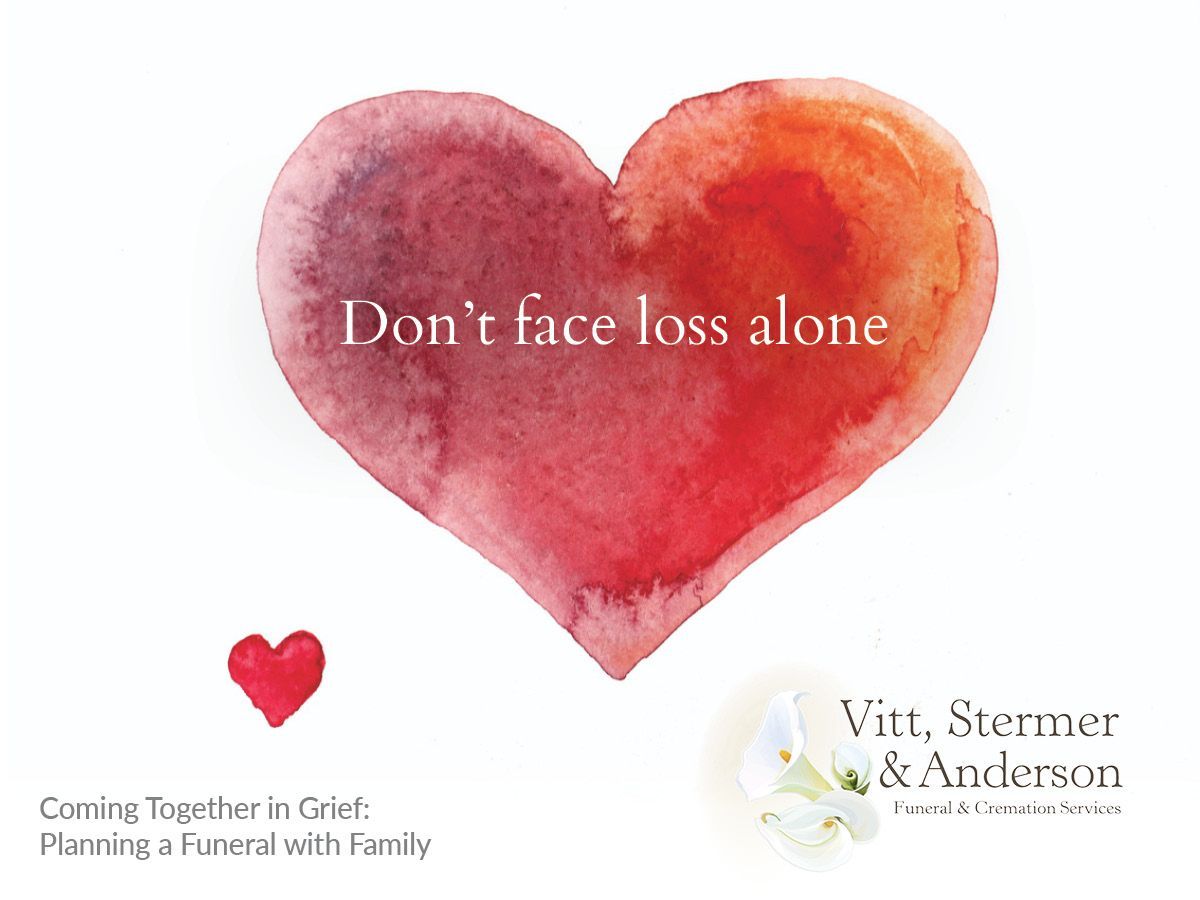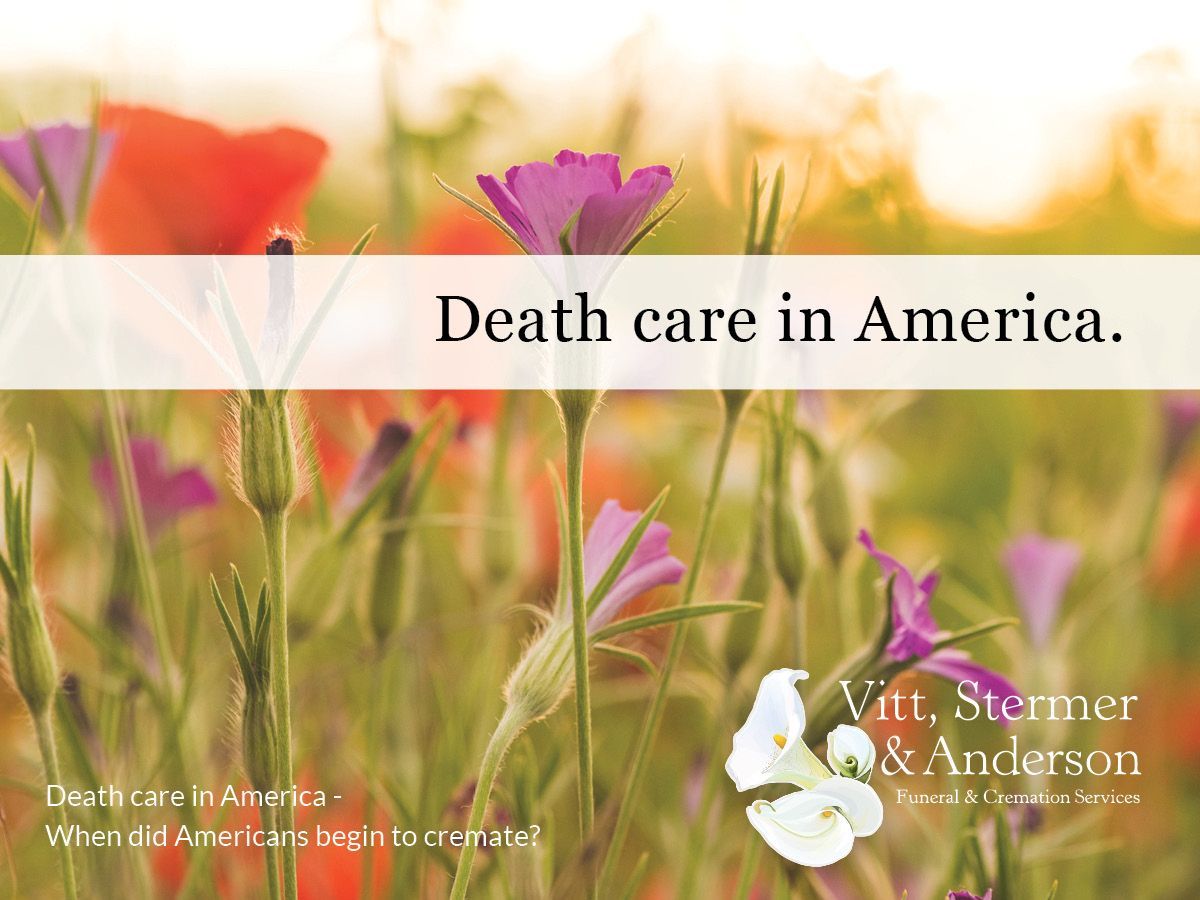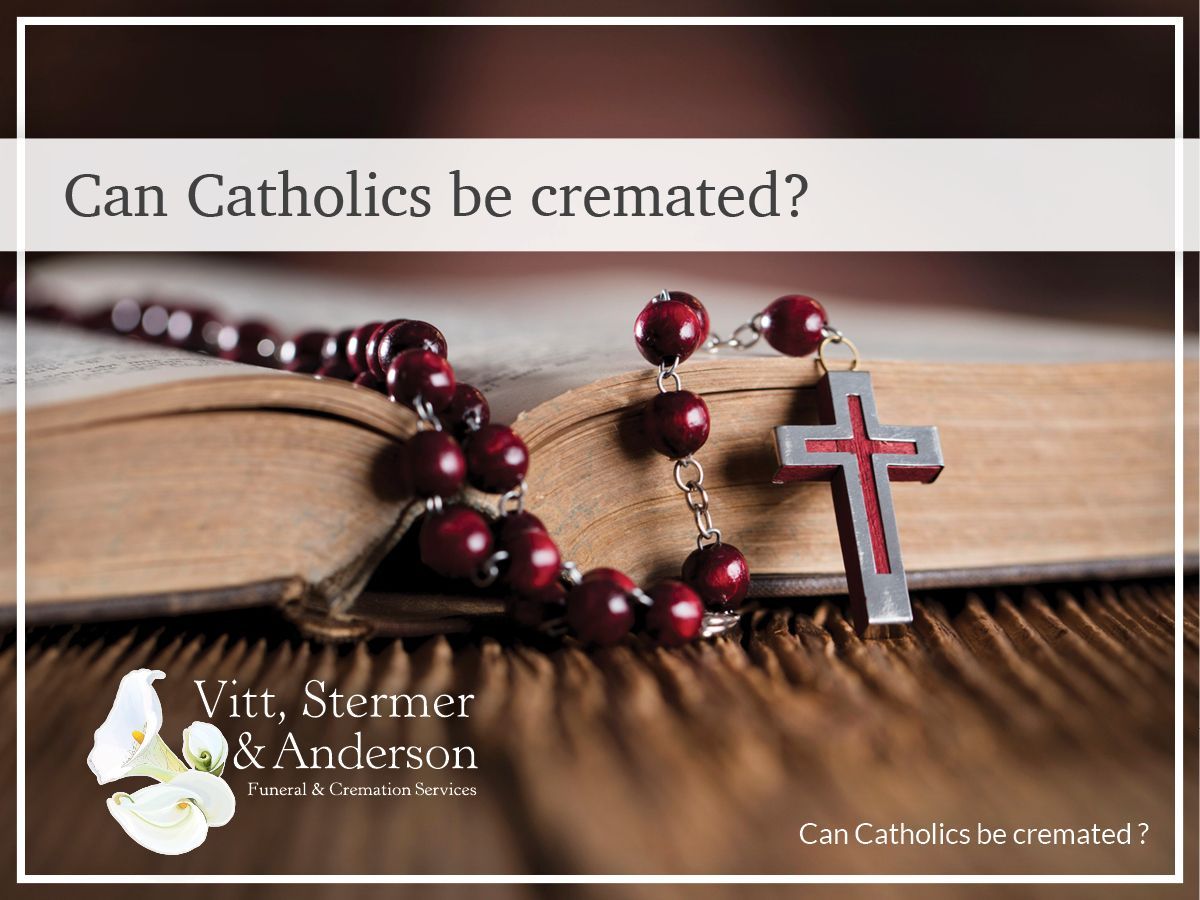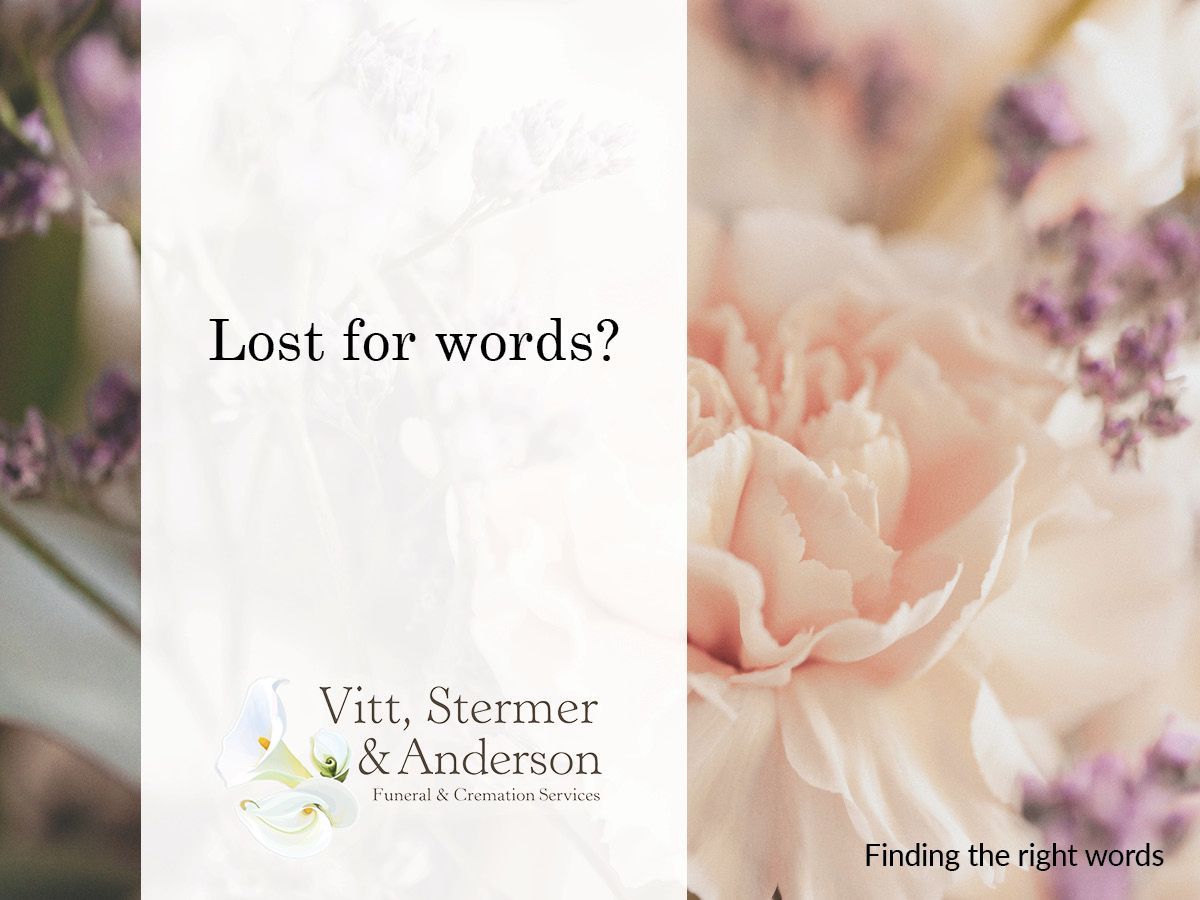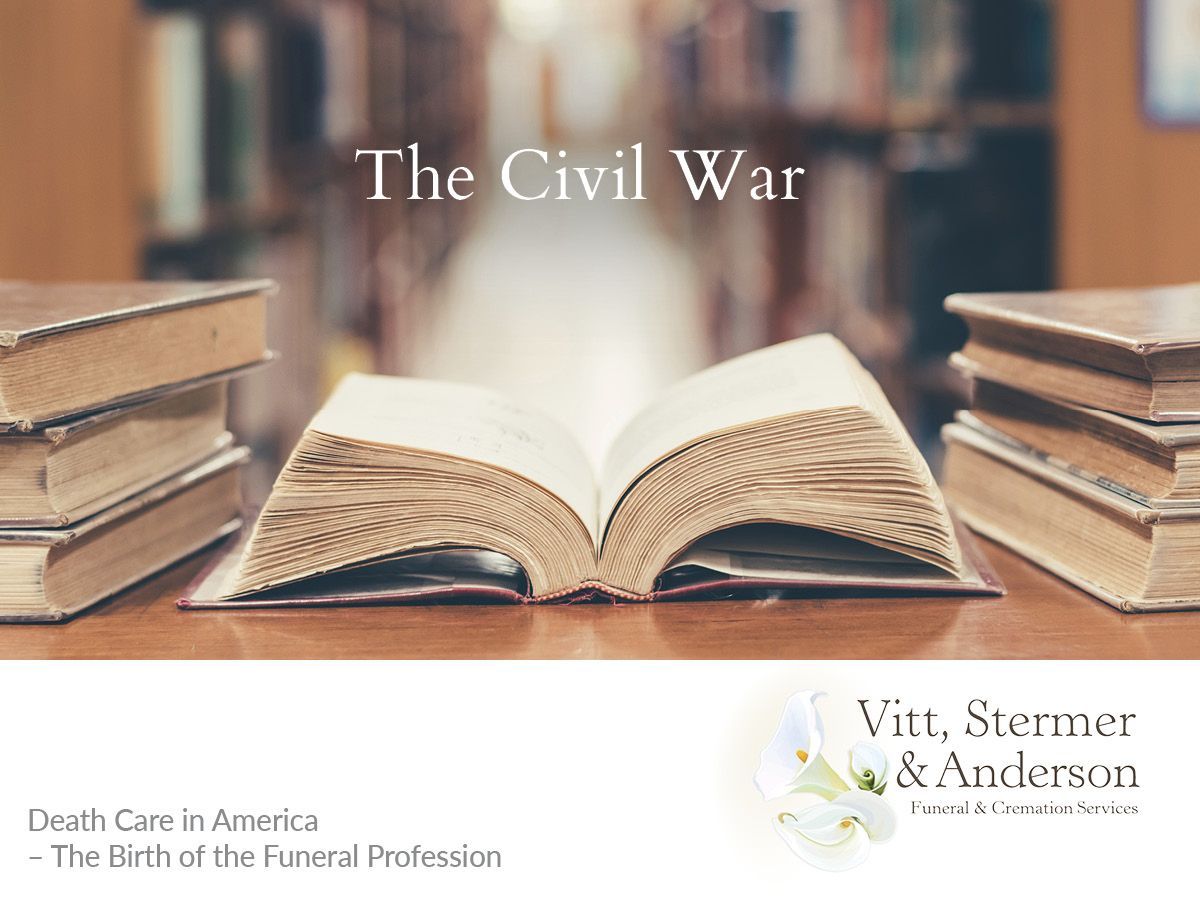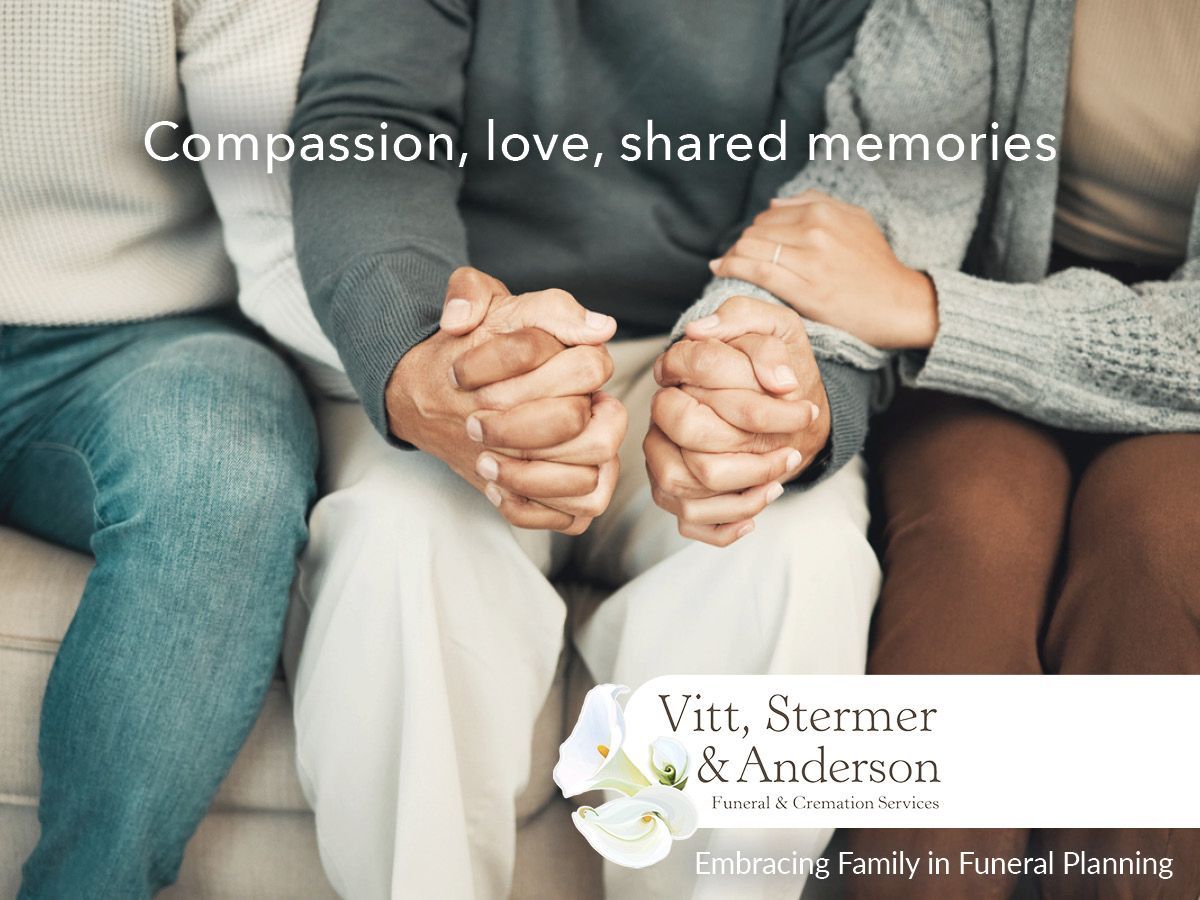How Loved Ones Are Honored on the Day of the Dead
For many Americans, the arrival of October means nearing a day of candy, scary stories, and haunted happenings. But for many other parts of the world, they’re approaching a time in which they can celebrate and honor the lives of the loved ones they’ve lost. And in some of these places, those holidays are times of somber reflection.
However, one holiday honors the lives of those no longer with us through a joyous celebration in which the world we live in blends with the world of the dead. Although this holiday occurs in several countries in South and Central America, we often think first of Mexico. Why and how does Mexico celebrate the Day of the Dead?
Why do we celebrate the Day of the Dead?
There’s a common misconception that the Day of the Dead is Catholic in origin, but that’s not entirely true. The Day of the Dead traces its roots back to the Aztec people in what is now central Mexico. Once Spain conquered the Aztec empire, the Catholic Church incorporated the indigenous celebrations honoring the dead into the already-existing Catholic dates of celebration All Saints Day and All Souls Day, November 1 and November 2, respectively.
Many Catholic countries, including Spain and Italy, have their own traditions of celebrating All Souls Day and All Saints Day, but the Day of the Dead is most commonly associated with Mexican culture. In Mexico, the Day of the Dead, or el Día de los Muertos, is a three-day celebration in which Mexican families welcome the souls of their relatives back to the land of the living. According to tradition, the gates of heaven reopen on October 31 to allow the souls of children to return to their families for 24 hours. Adults are welcomed back to do the same on November 2.
Day of the Dead is not a day for mourning, nor is it simply the Mexican version of the more American celebration of Halloween, as it’s often thought of. This is a day in which the border between the worlds of the living and the dead dissolve, when families may reunite with the ones that they love. The spirits are welcomed back as honored guests, and families feast, drink, and dance together again.
What traditions are honored on the Day of the Dead?
To welcome loved ones back to the land of the living, offerings play an essential role. Mesoamerican rituals asserted that the dead needed to travel through nine challenging levels in Chicunamictlán, the Land of the Dead, before they could reach their final resting place, Mictlán. To help their loved ones through the trials, families would level offerings of food, water, and tools. This tradition became a part of the Day of the Dead.
Today, families often leave favorite foods or other offerings on the gravesites of their relatives. They may also leave such things on altars in their homes called ofrendas. The altar is not meant to worship the decedent but to honor them instead. Each ofrenda is personal to the individual it is welcoming back to our world. They often have pictures of the decedent, as well as things they loved while alive. A child’s ofrenda may have their favorite toys, while an adult’s may have their favorite piece of clothing.
However, there are some staples that are commonly seen on ofrendas. Candles are lit to welcome spirits to their altar. The strong scent of cempasúchitl flowers, or marigolds, which symbolize death, are meant to lead souls to their ofrendas. Copal incense, the dried resin of a tree native to Mexico, also functions as a guide. Pan de muerto, or the bread of the dead, is frequently placed on these altars, as well as sugar skulls, which are symbols of death and the afterlife.
As these altars are meant to welcome souls back to our world, you’ll find many things on an ofrenda that you might provide for any guest, such as fresh fruits and water. Since the loved one followed a long journey to reach their relatives, many families offer toiletries to help them freshen up for the celebration. Food and drink are essential components of the ofrenda. In addition to providing the loved one’s treats, their family may also offer their alcohol of choice. Salt also is present on the table, but it serves less as sustenance and more as a symbol of the continuance of life. Ceramics and woven baskets are also typically a part of an ofrenda.
Because Mexico is the second-largest Catholic country in the world after Brazil, it makes sense that some Catholic customs play a role in this holiday. Ofrendas, which are often covered with white cloth and draped with papal picado, or decorative cut paper, also display the images of saints, particularly if they were important to the person the altar was built for.
The food and drink placed on an altar are not meant to be consumed by the living, but many treats are a part of the celebration as well. People engaging in the festivities dine on the pan de muerto, though never the ones that were placed on ofrendas. You’ll also likely find spiced hot chocolate, the fried dough dish sopaipillas, and skull-shaped alegrias candy often made from amaranth, raisins, assorted nuts, and honey.
Calacas and calaveras, skeletons and skulls, respectively, are symbols of the holiday. Sugar skulls are frequent holiday fixtures and are more meant for decoration than consumption. For sugar skulls placed on ofrendas, the decedent's name is often written in icing across the forehead. Decorative clothed and colorful skeletons, often wearing traditional Mexican dresses and other clothing, are another holiday staple.
At its heart, the holiday is about celebrating and remembering those who are with us in spirit. To honor these spirits, families clean the graves of their relatives and ancestors before decorating them with festive displays that typically include the cempasúchitl flower. Families also share stories of the dead, though they usually focus on more upbeat tales in keeping with the theme of celebration rather than mourning.
In Mexican culture, the dead do not leave us when they die. They keep their loved ones with them through stories and celebration, though no celebration is quite as prevalent as the Day of the Dead. Mexican culture teaches us not to fear death but to look at it as the soul continuing on to the next world. And when the Day of the Dead arrives, the next world blends with our own, creating a day of joy in which we can be with the ones we love again.
